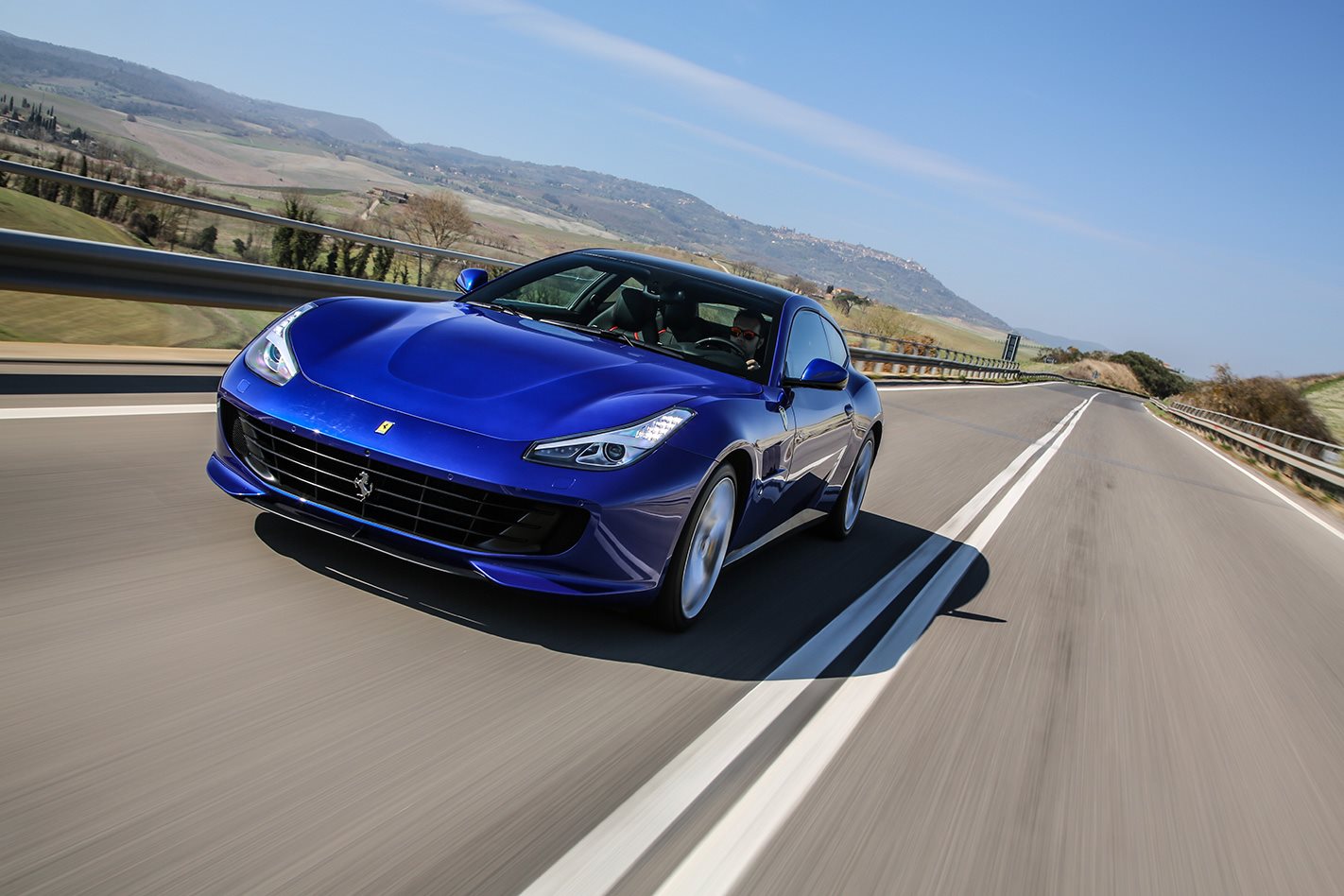Rumour has it that the Ferrari FF was the brainchild of former company CEO Luca di Montezemolo, born of his desire to source a suitable grand tourer for his younger wife and child.
Despite its excellence at achieving the brief, its niche status meant it was the only model in the range not to sell like hot cakes. Ultimately it still is a bit of an oddball concoction for the Prancing Horse; aside from the brawny 6.3-litre naturally aspirated V12, ingredients like a four-seat, shooting brake body and all-wheel drive are alien to Maranello.
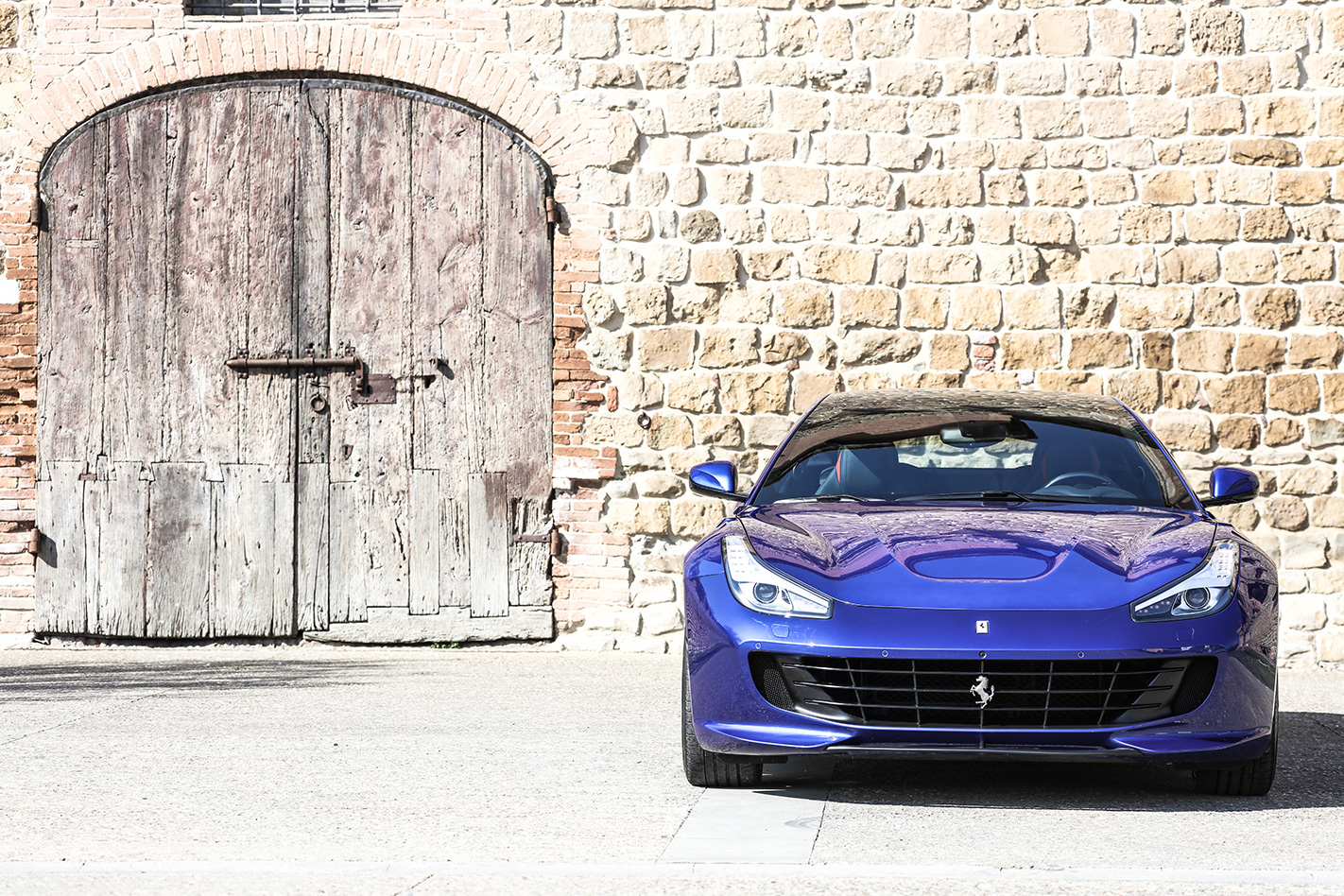
But while the price of the GTC4 Lusso ‘T’ has been cut by $75K to $503,888, it’s barely slower against the clock (0-100km/h in 3.5 seconds and a top speed of 320km/h) and, as you’re about to find out, offers a very different experience to its big brother.
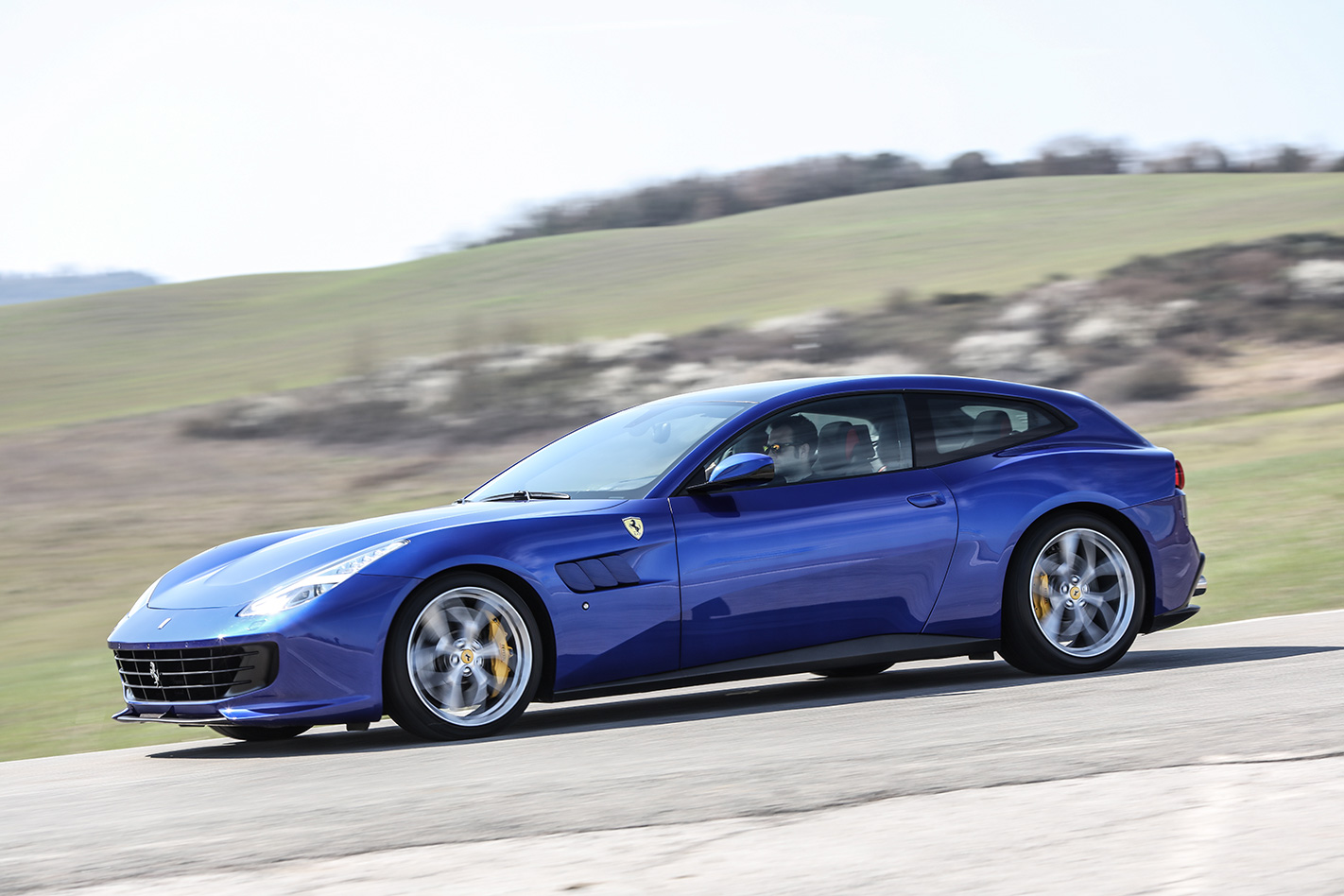
What happens when the torque wave hits the rear wheels, I hear you ask? All hell breaks loose, that’s what. You have to brace yourself for sudden weight transfers as the rear end squats like a frog about to leap. There is no doubt about it, in rear-wheel guise, the GTC4 Lusso is a different animal. Even with ESC on deck, the rear axle must cope with latent forces that can send minor shockwaves all the way to the driver’s palms. A mix of uneven surfaces and an erratic torque feed will, even on straight roads, induce a fair amount of shadow boxing. As soon as any kind of radius enters the equation, things can get interesting along the car’s vertical axis.

On the credit side, praise goes to the ‘Bumpy Road’ button, which summons a softer setting for the shock absorbers, and the trademark LED rev counter. The multi-function tiller also features the must-have Manettino drive-mode selector and at long last indicator switches that snap in securely and feel somewhat normal.
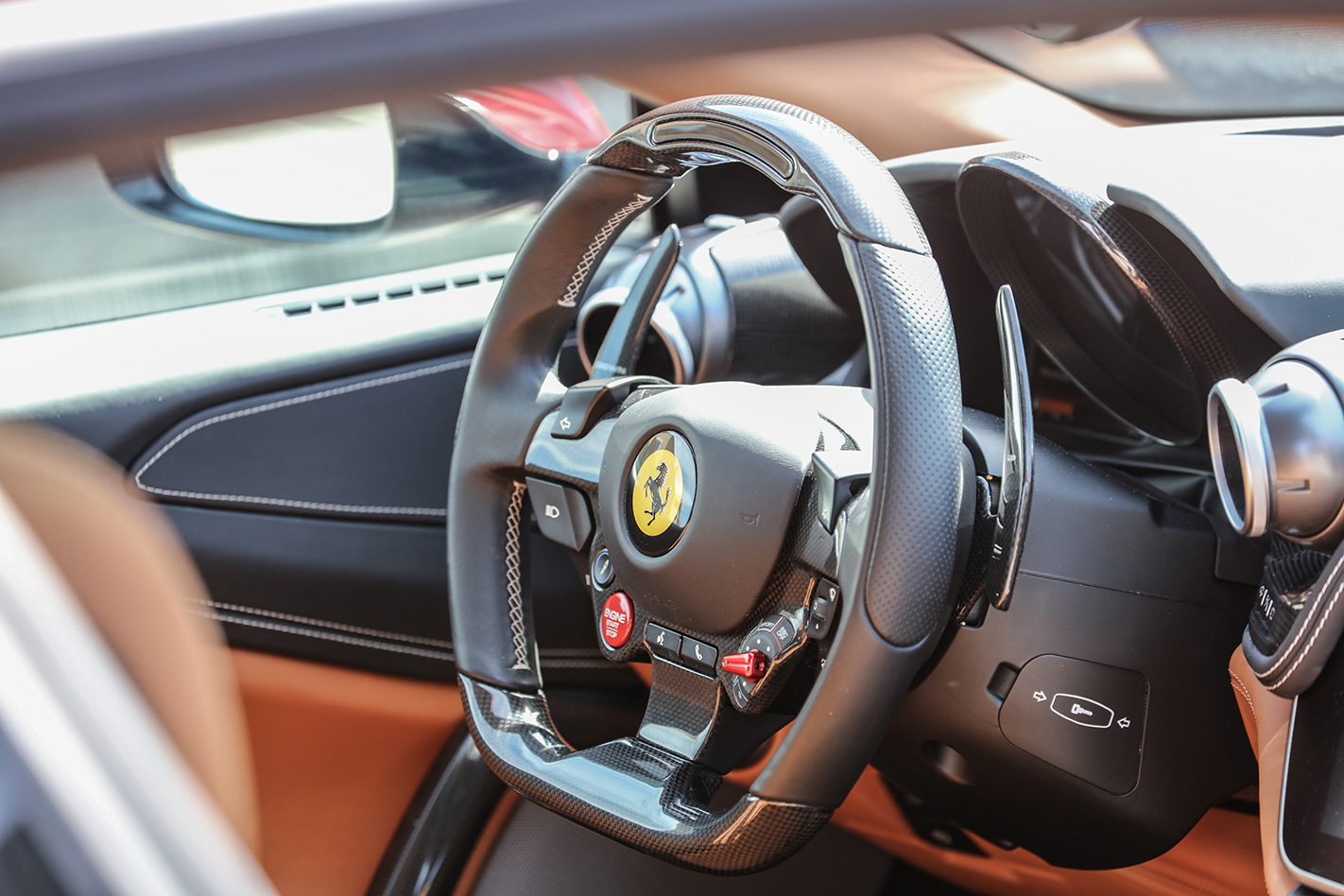
Switch off ESC and it’s likely nothing will change immediately. After all, the grip in RWD-guise is still phenomenal, and the armada of acronyms (E-Diff/SSC3/CST/F1 TRAC/ESP 9.0/SCM-E) does a fine job of supporting balance and composure. But as soon as the red mist descends, power oversteer is the name of the game, as this Ferrari also prefers sliding over carving, too.
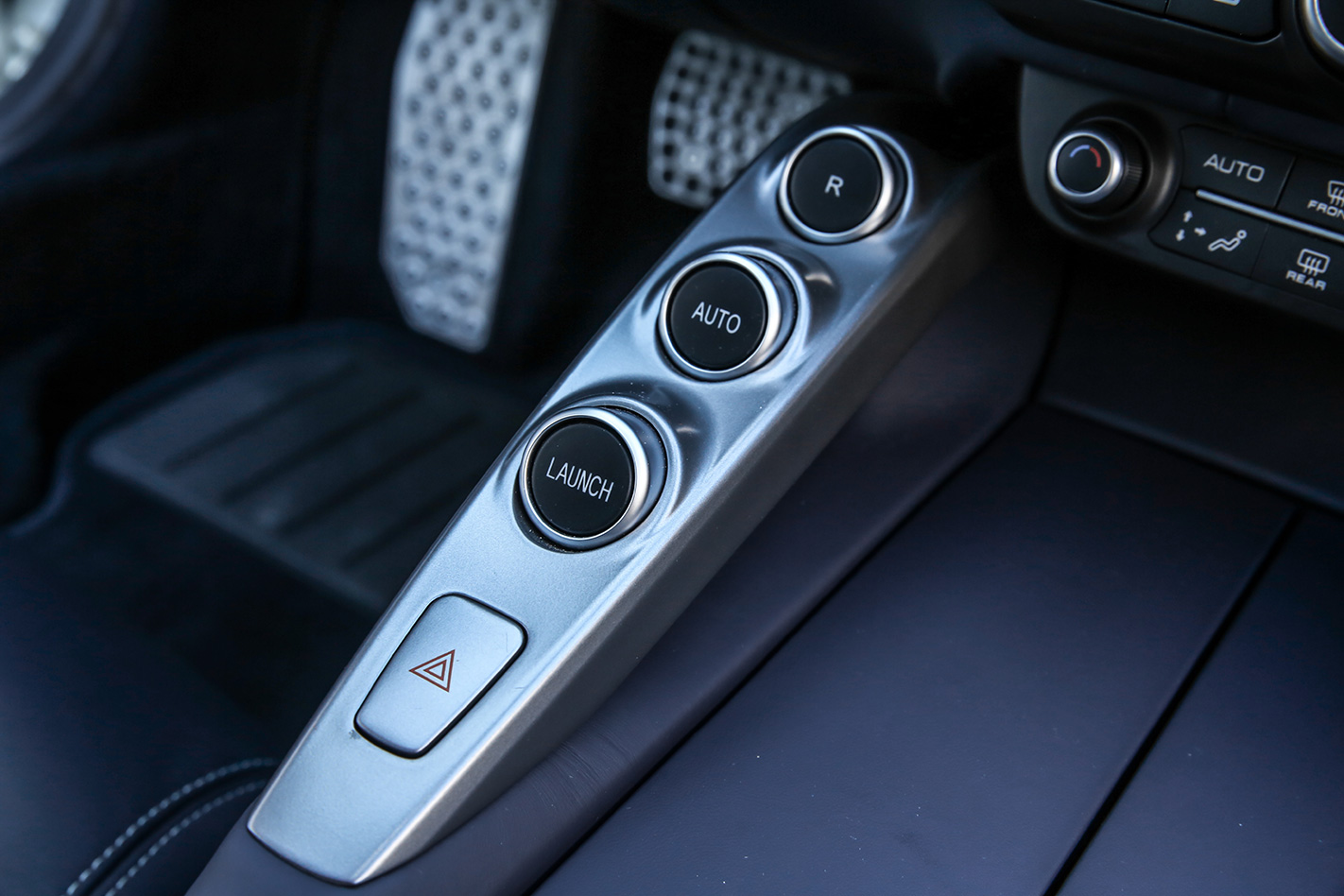
One look at the data sheet is all it takes to confirm that the Lusso T is not a brand-new car. It contains a detailed description of the engine and chassis, plus a list of impressive performance figures, however there is no mention of such absent mod-cons like advanced assistance systems, partial electrification and adjustable sway bars.
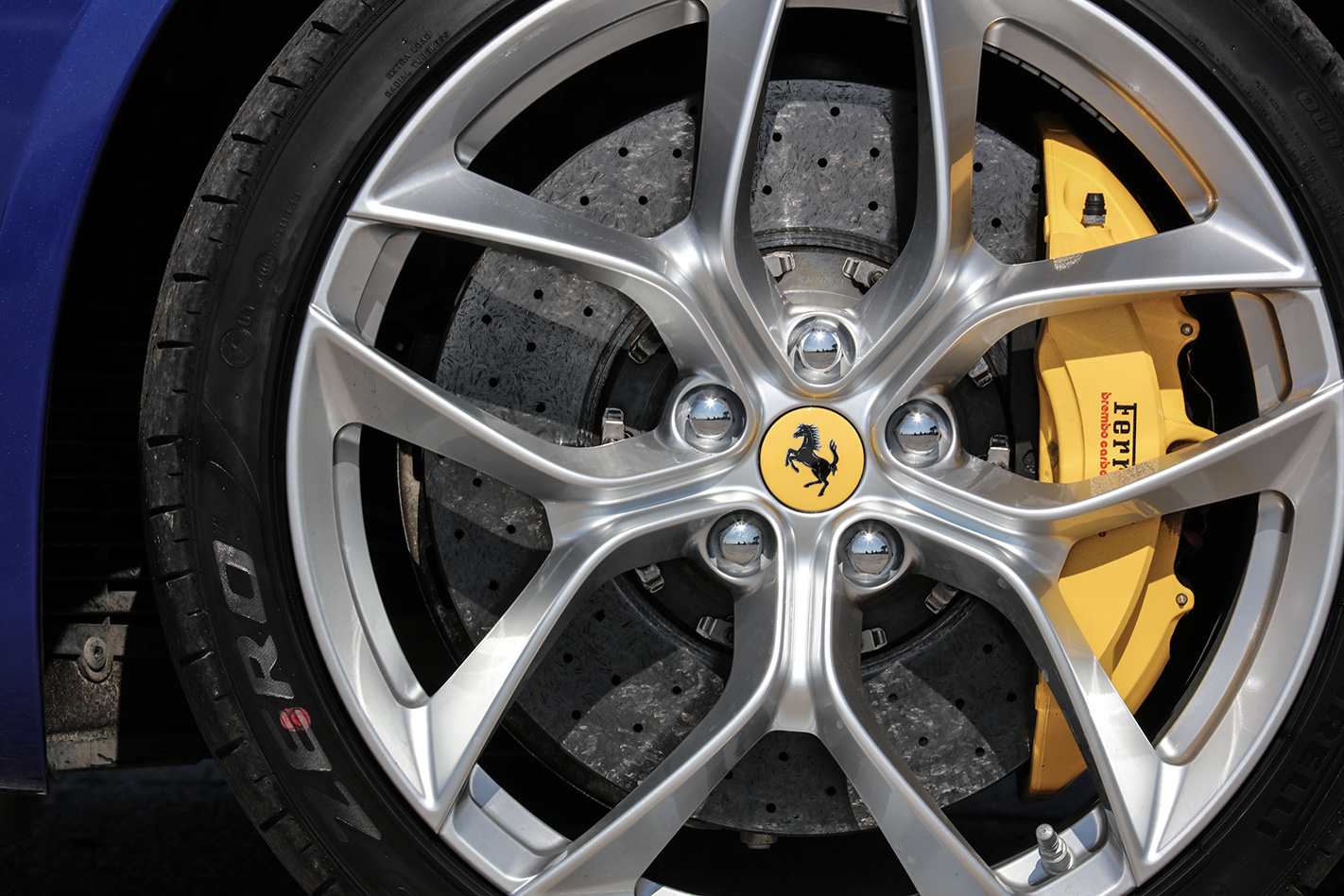
At the end of the day, I am exhausted and intrigued by the latest Prancing Horse. You see, this Ferrari is a loose cannon in more ways than one. The GTC4 T fuses emphatic body motions with obvious traction issues, despite the lighter front end resulting in a wheelspin-quelling 46:54 rearward weight bias. While there is now less mass resting on the correspondingly lighter steering, front-drive assistance has vanished – and with it, torque vectoring. And yet, this combination makes the Lusso T a more dynamic, defiant and razor-edged drive.
Aesthetically the somewhat Marmite design has received a significant overhaul by chief designer Flavio Manzoni. As well as the new styling now being less polarising, the ancient infotainment system has also been modernised.
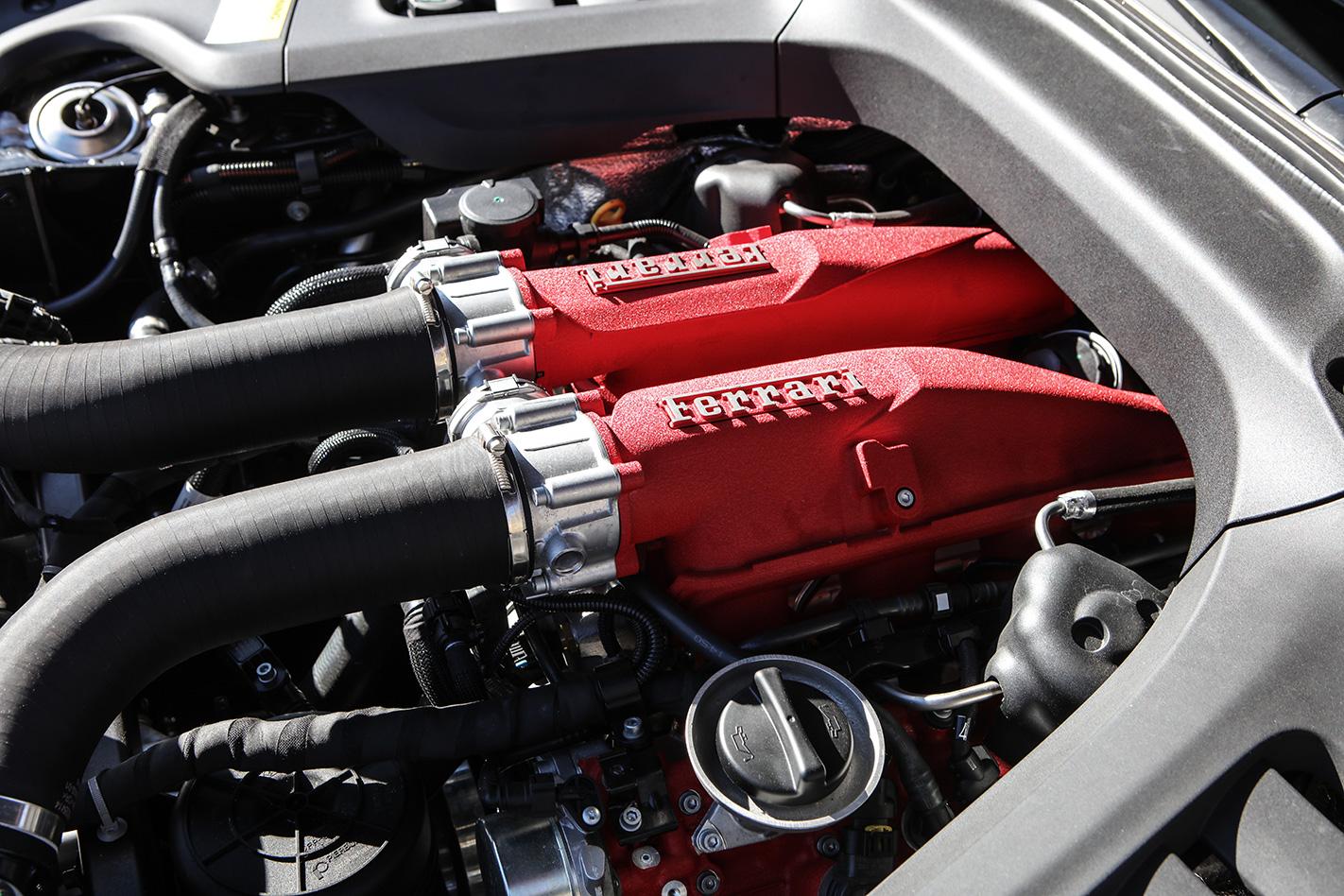
Engine: 3855cc V8, DOHV, 32v, twin-turbo Power: 449kW @ 7500rpm Torque: 760Nm @ 3000rpm Weight: 1840kg 0-100km/h: 3.5sec (claimed) Price: $503,888 Star Rating: 4.5/5 LIKE: More entertaining chassis; lower entry price DISLIKE: No V12 soundtrack; on-limit handling can be tricky

